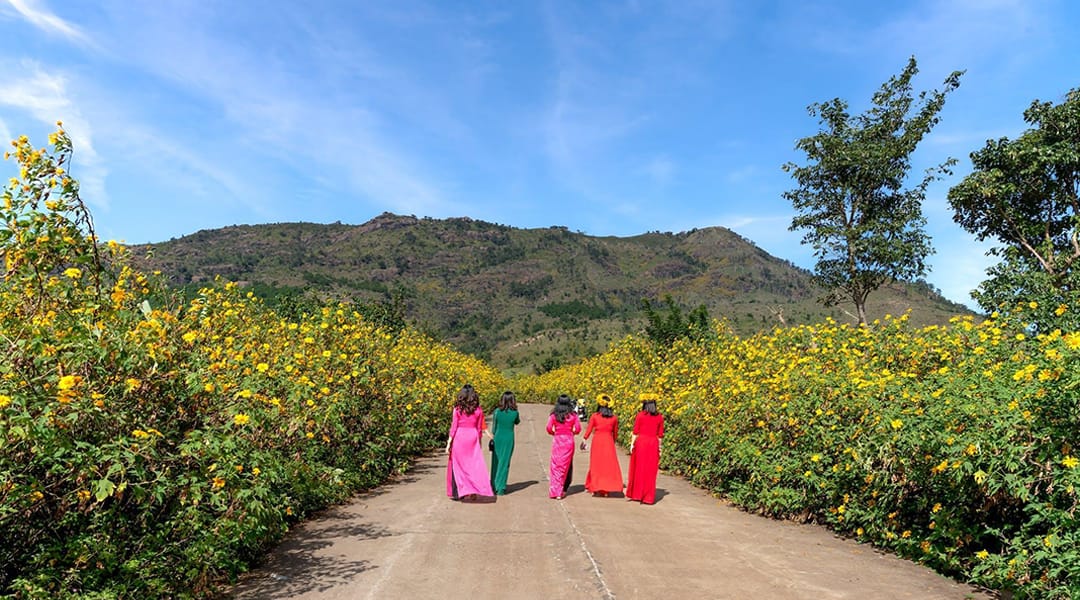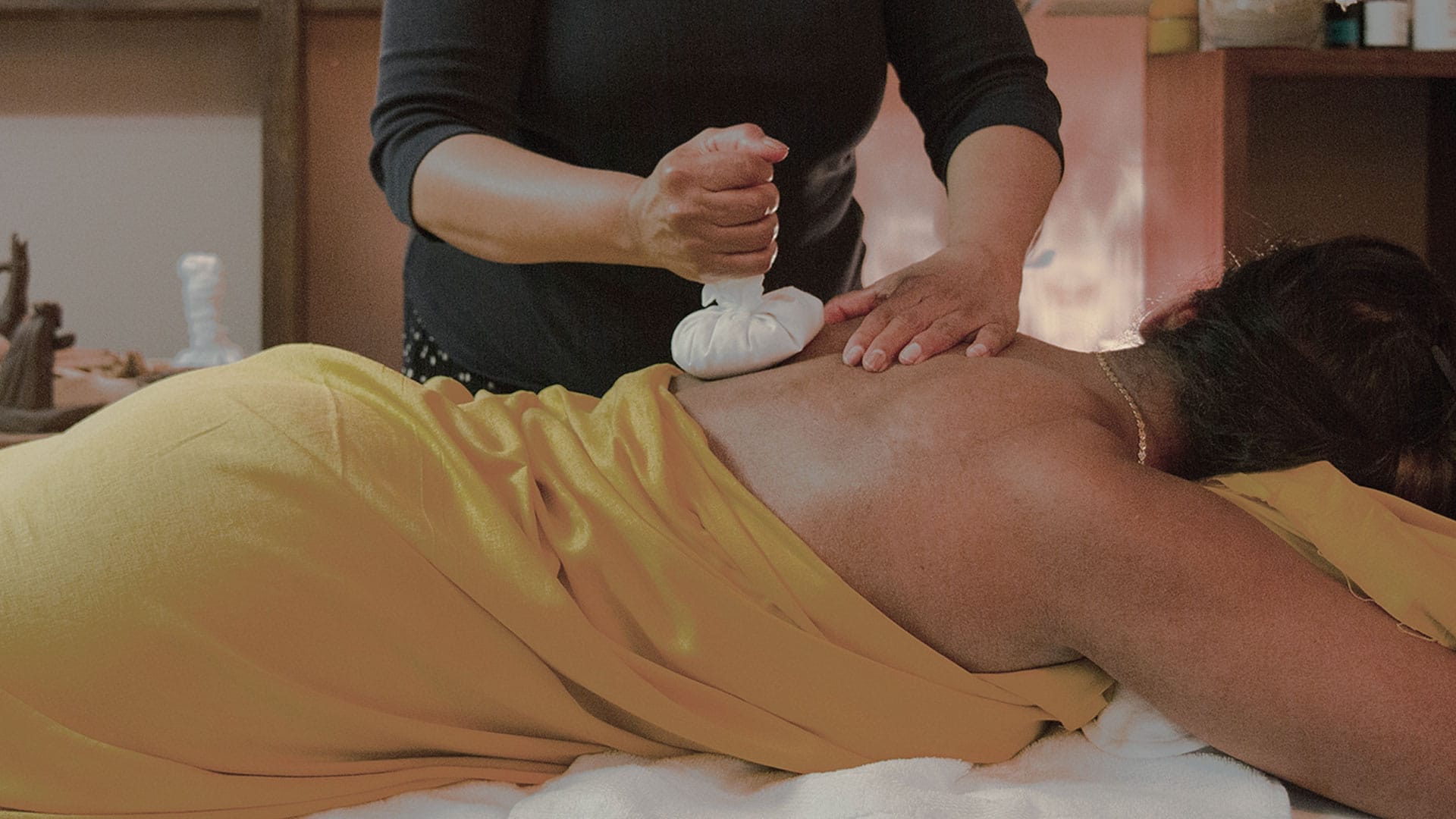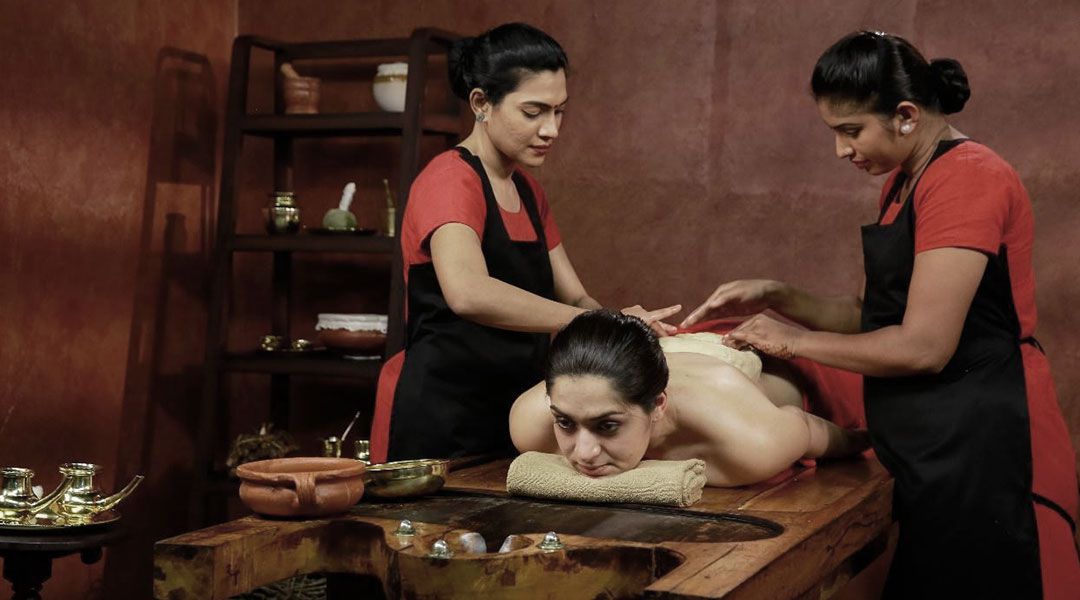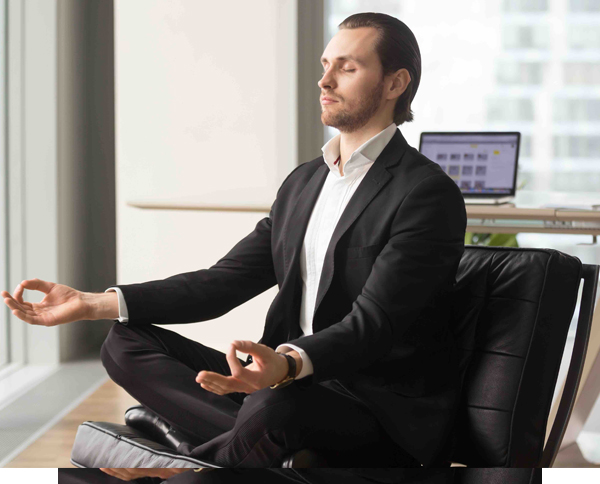Ashaexperience: Nurturing Healing, Hope, and Joy across the Globe
Ashaexperience: Nurturing Healing, Hope, and Joy across the Globe

As we embark on a reflective journey through the past 12 months, the impact of our dedicated healing team becomes increasingly apparent. From the farthest reaches of the globe, our team members, each a beacon of expertise and passion for ayurvedic healing, have collaborated tirelessly to bring about positive change.
Our odyssey this year has transcended geographical boundaries, as we reached out to individuals seeking solace in the ancient wisdom of Ayurveda. Through tailored consultations, transformative treatments, and comprehensive wellness programs, we’ve not only alleviated physical ailments but also delved into the roots of emotional and spiritual well-being. In each healing encounter, our aim has been not just to address symptoms but to restore a sense of harmony that resonates on multiple levels.
Igniting Passion in Practice
At the heart of ASHAexperience lies a profound passion that infuses every aspect of our healing community. Our practitioners, therapists, and support staff embody this passion, approaching their work with a spirit that extends beyond professionalism—it’s a calling to make a positive difference in the lives of others. Whether guiding virtual consultations, or advising personalized ayurvedic remedies, our team has embraced their work as more than a profession; it’s a commitment to becoming catalysts for positive change.
Chronicles of Transformation
The stories of transformation we’ve witnessed this year are the echoes of our collective efforts. From individuals triumphing over chronic conditions to others rediscovering joy in their daily lives, affirm the power of Ayurveda to not only heal the body but also uplift the spirit and mind.
A Promise for the New Dawn
As we stand at the cusp of a new year, our healing team extends a heartfelt promise to our global community: a commitment to deepen our impact and broaden the horizons of healing, hope, and joy. We pledge to evolve continually, exploring innovative ways to integrate Ayurvedic wisdom into modern lifestyles. Our dedication to ongoing research ensures that we stay at the forefront of ayurvedic practices, offering our community the best possible care.
In the coming year, we promise to introduce new initiatives aimed at making Ayurveda more accessible to everyone. Whether through virtual wellness camps, enlightening blogs, or engaging community events, our goal is to empower individuals with the knowledge and tools needed to embark on their own transformative journey of well-being.
Closing Thoughts
As we bid farewell to this transformative year, we express our deepest gratitude to our global community. Your trust and openness have fuelled our passion, and your stories have become the tapestry of our shared journey.
May the approaching year be a luminous beacon of continued healing, hope, and joy. At ASHAexperience, our commitment to your well-being remains steadfast, and we eagerly anticipate walking this path together, hand in hand, towards a future of profound well-being and holistic happiness.
Picture source : Pexels
We believe in collaborative relationship-based care where our Ayurvedic Doctors, Ayurvedic Practitioner, Ayurvedic Supplement Brands, Ayurvedic Nutritionists & Chefs, Yoga, and Meditation Trainers are in sync. Contact the team who passionately works together to hold your hand in this healing journey.





